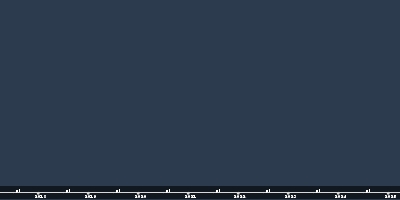27 Feb 1989 Jahr - EU created
Beschreibung:
The Cold War had two powerful poles, one capitalist and the other communist, and nearly all geopolitical events were understood in their relationship to the two systems. But starting in the early 1990s, a multipolar world began to emerge — with centers of power in Europe, Japan, China, and the United States, along with rising regional powers such as India and Brazil.In 1992, the nations of Western Europe created the European Union (EU) and moved toward the creation of a single federal state, somewhat like the United States. By the first decades of the twenty-first century, the European Union included twenty-eight countries and 500 million people — collectively, the third largest population in the world, behind China and India — and accounted for a fifth of all global imports and exports (see “America in the World”). In 2002, the EU introduced a single currency, the euro, which soon rivaled the dollar and the Japanese yen as a major international currency (Map 30.1). The EU quickly became an economic juggernaut and trading rival of the United States, but faced setbacks in the Great Recession of 2007–2008. Post-recession austerity policies spearheaded by an economically dominant Germany alienated many member states, and worries about open borders fed a revival of nationalism. In a stunning referendum in 2016, the voters of the United Kingdom decided to exit the EU (known as “Brexit”) on the grounds that it compromised national sovereignty and permitted unregulated immigration. Even with an uncertain future, the EU remains a major competitor to the United States in commerce and currency.
The European Community (EU) began in the 1950s as a loose organization of Western European nations. Over the course of the following decades, it created stronger common institutions, such as the European Parliament in Strasbourg, the EU Commission in Brussels, and the Court of Justice in Luxembourg. With the collapse of communism, the EU expanded to include the nations of Eastern and Central Europe. It now includes twenty-eight nations and more than 500 million people. Many states have applied for membership and are awaiting official ascension into the union, while in 2016 the United Kingdom voted to exit the EU.
Zugefügt zum Band der Zeit:
Datum:
27 Feb 1989 Jahr
Jetzt
~ 36 years ago
